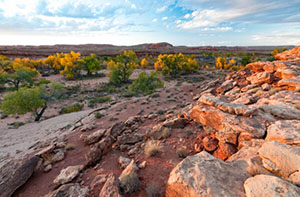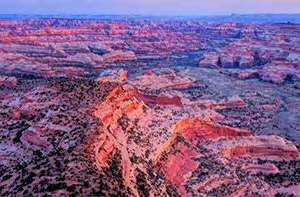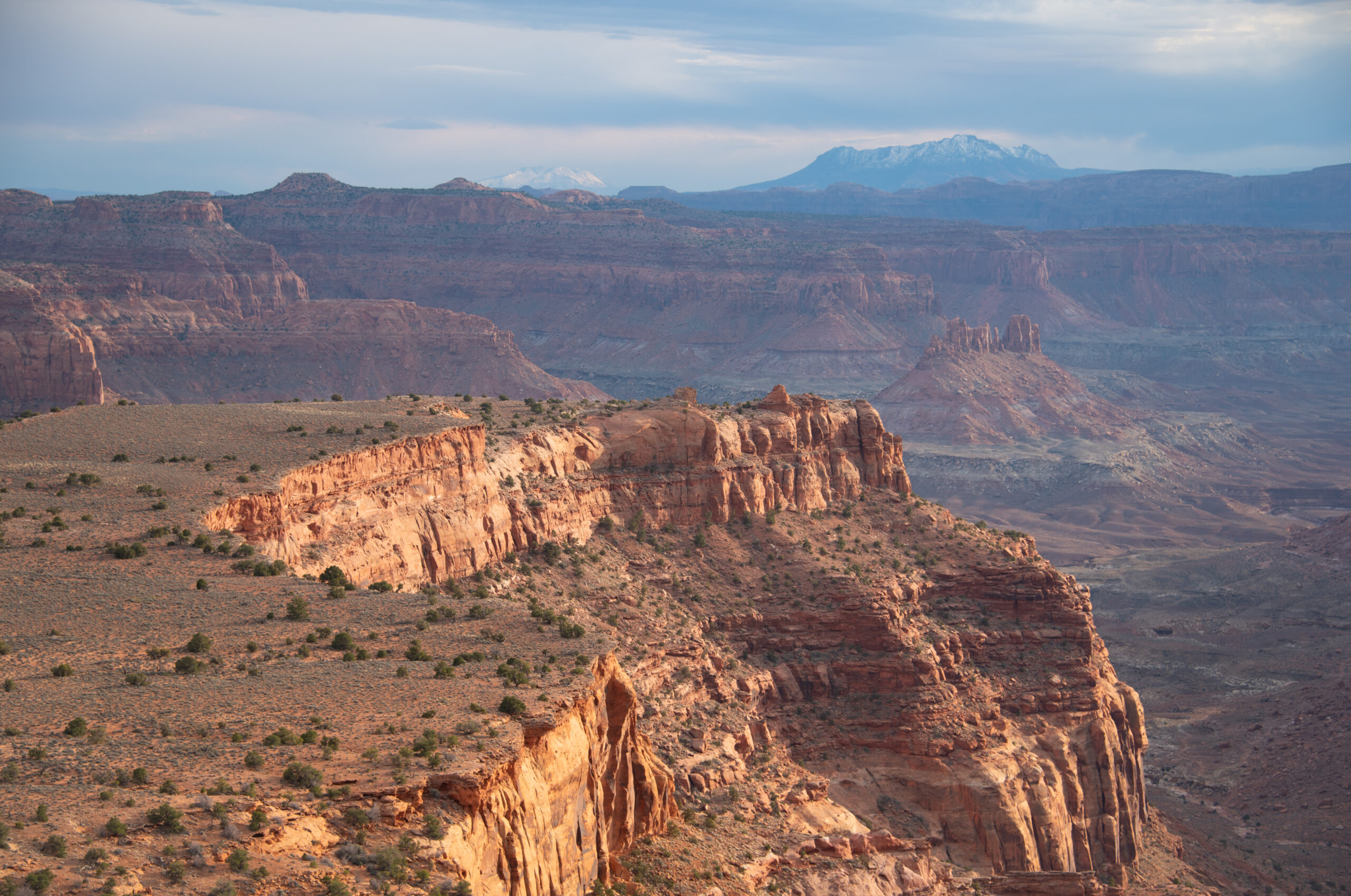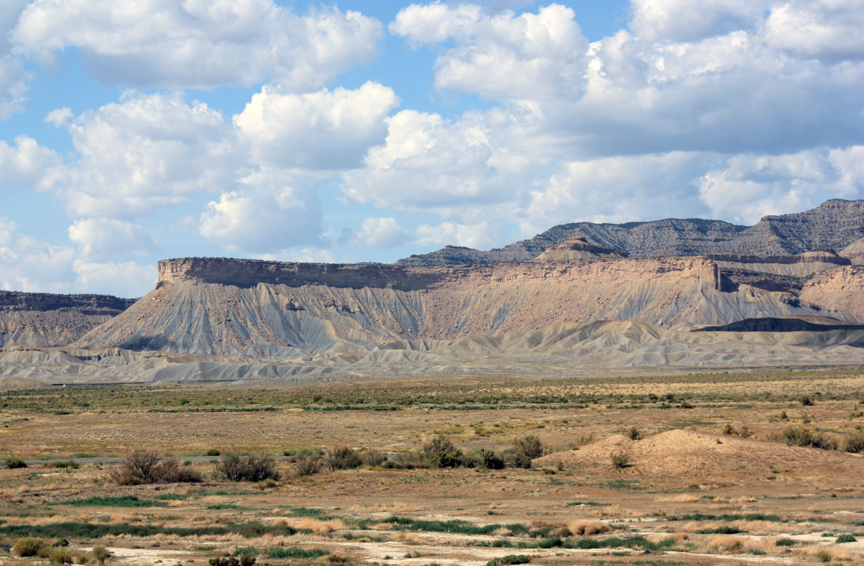How We Got Here
For decades, the BLM did little to regulate ORV use on public lands. The agency allowed cross-country ORV use in many areas, which meant vehicles could drive virtually anywhere, regardless of the damage they caused along the way. After multiple lawsuits, the BLM began to change those policies and started designating specific routes and trails for motorized use.
And yet, the agency still failed to control ORV use and damage. In the waning days of the George W. Bush Administration, the BLM released six resource management plans that blanketed eastern and southern Utah with more than 30,000 miles of motorized vehicle routes. Routes designated in these plans cross directly through cultural sites and wildlife habitat, weave in and out of streams and sometimes don’t even exist on the ground. These route designations failed to comply with federal laws enacted to protect archaeological and cultural sites. They also failed to comply with regulations that require ORV routes to be located to minimize impacts to natural and cultural resources and to minimize conflicts with other users.
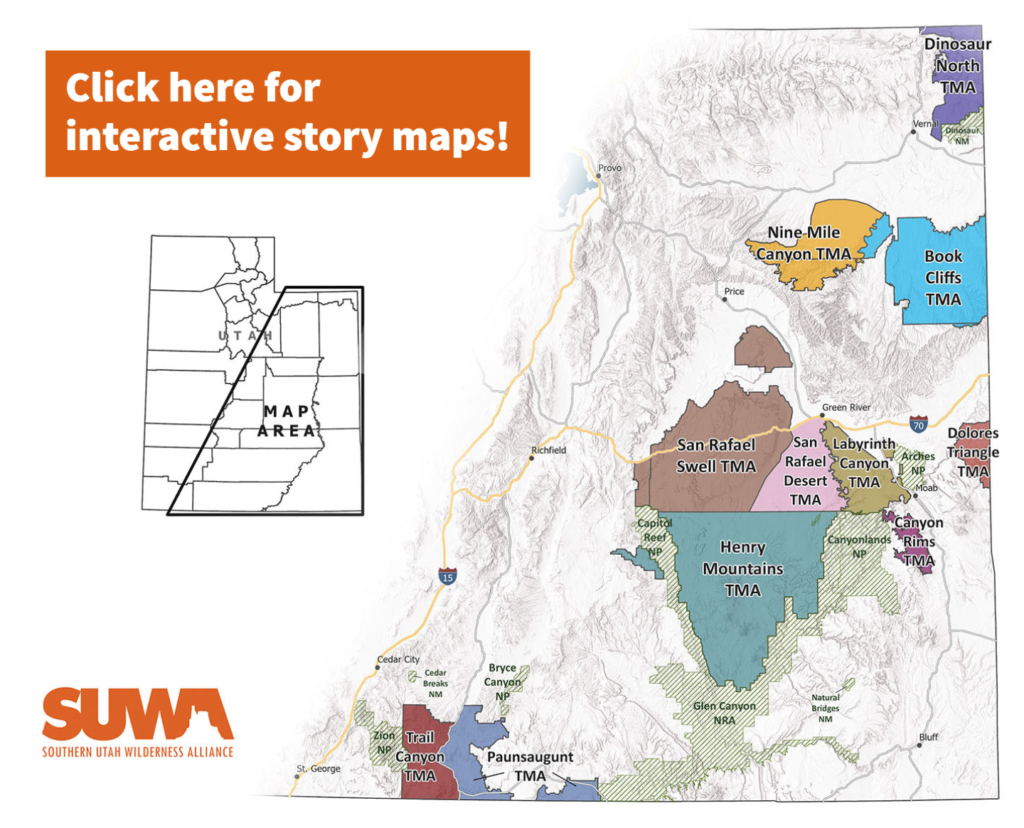
SUWA challenged these six resource management plans (click here for background info), including the six associated ORV travel plans. The federal district court agreed with SUWA that the BLM failed to comply with federal laws to protect public lands, resources and cultural sites from damage caused by ORVs.
Under a January 2017 settlement agreement, the BLM is required to complete 11 new travel management plans, covering more than 6 million acres of BLM-managed lands in eastern and southern Utah. Prior to designating routes as open to ORVs, the BLM must expressly consider impacts to “lands with wilderness character,” sensitive natural resources, and cultural resources. The agency must also minimize impacts to those resources.
Completed Plans
Plans Currently in Progress
Upcoming Plans
| Nine Mile Next Up: Scoping Phase Expected Final Plan: April 2028  |
Learn More About the Planning Process
Podcast:
Access Not Excess
Our Ongoing Work to Protect the Redrock
SUWA is committed to ensuring that the wild country proposed for wilderness designation under America’s Red Rock Wilderness Act—and the streams, wildlife, soils, native plants, cultural sites, and solitude found there—are protected from ORV-related impacts. As part of this work we are:
- Participating in the BLM’s ongoing ORV travel planning. Through that process, SUWA is providing significant information about the condition of routes on the ground and potential impacts to natural and cultural resources.
- Providing the BLM and the public with information regarding the environmental and cultural resource impacts of ORV use and urging the agency to develop trail designations that make sense and also minimize impacts to natural and cultural resources.
- Assisting in the clean-up and restoration of ORV-damaged areas through stewardship projects with our members and partners in the conservation community.

